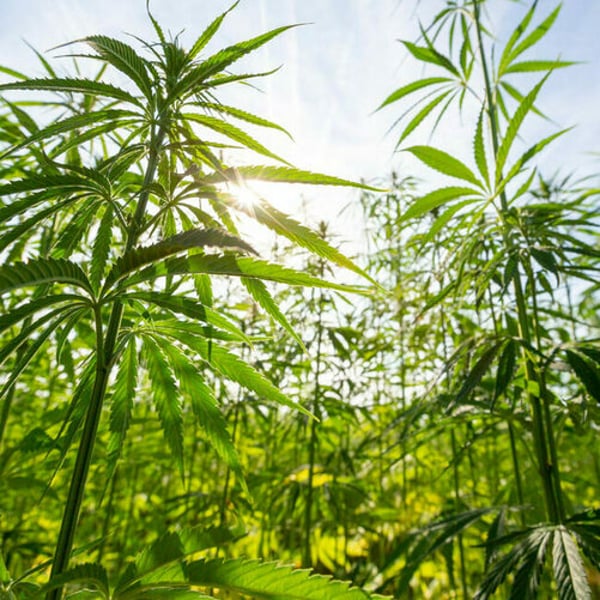Translated by
Nicola Mira
Published
Jul 25, 2023
Hemp is undoubtedly one of the most talked-about raw materials in the textile industry. Long disapproved of as a source of psychotropic drugs, it is now back in favour. But a report on linen’s close relative, published by Textile Exchange, has criticised the lack of data on its global output. And, as a result, the lack of information on the sustainability features that are inherently associated with hemp.
Although industry data remains fragmentary, the report noted that France is by a long stretch the world’s leading hemp producer, with an output of 143,110 tons in 2021, ahead of its two main rivals, China and the USA (where North Carolina is the main producer state), with respectively 72,878 and 15,113 tons. Behind these countries, North Korea is estimated in third place, followed by Poland, the Netherlands and Austria.
The report indicated that, according to UN data, world hemp output has grown little in volume between 1961 and 2021. However, Textile Exchange found that the agricultural area dedicated to bast cultivation has dropped, leading to more efficient farming, while the benefits to farmers derived from hemp cultivation are becoming clearer.
Hemp is said to improve the yield of crops that follow it – like maize, wheat, soya or tobacco – by between 10% and 20%, making it a favourite for crop rotation on agricultural land. The report however noted that hemp requires intensive use of fertilisers. In North Carolina, the recommended volume of fertilisers is 112 kg per hectare (as opposed to 100 kg in France), while cotton growing requires between 56 and 78 kg.

Textile Exchange also highlighted the issue of pesticides. Only a limited number of them is reportedly authorised worldwide for use in conjunction with hemp, now that growing it is less controversial. Currently, among the pesticides whose use is said to be approved with hemp – 13 types in France, 81 in the Netherlands and 99 in the USA – the majority are bio-based.
“Availability and use of synthetic pesticides is likely to expand without industry commitment to the precautionary principle – exploring alternatives to possible harmful actions,” stated Textile Exchange.
What about hemp’s sustainability? According to Textile Exchange, it seems that little information is available to substantiate the body of opinion that associates hemp cultivation with environmental responsibility. And this notably because global hemp output is still hard to keep track of.
“We urge that, as the fiber hemp sector expands, significant improvements be made to undertake and make public traceable information that supports such statements and identifies production information,” stated the report, adding that “this would include increased research to substantiate claims, improved tracking of production to benchmark trends and facilitate sourcing, and bodies becoming certified to standards that set high standards for production practices while providing a chain of custody from the field to the finished product.”

A previous Textile Exchange reported estimated that, in 2021, hemp accounted for 0.25% of global textile fibre output. A share that is likely to grow significantly in years to come.
The 31-page report published by Textile Exchange, an NGO that advocates fighting against climate change in the textile and apparel industry, is free to download from the organisation’s website.
Copyright © 2023 FashionNetwork.com All rights reserved.







